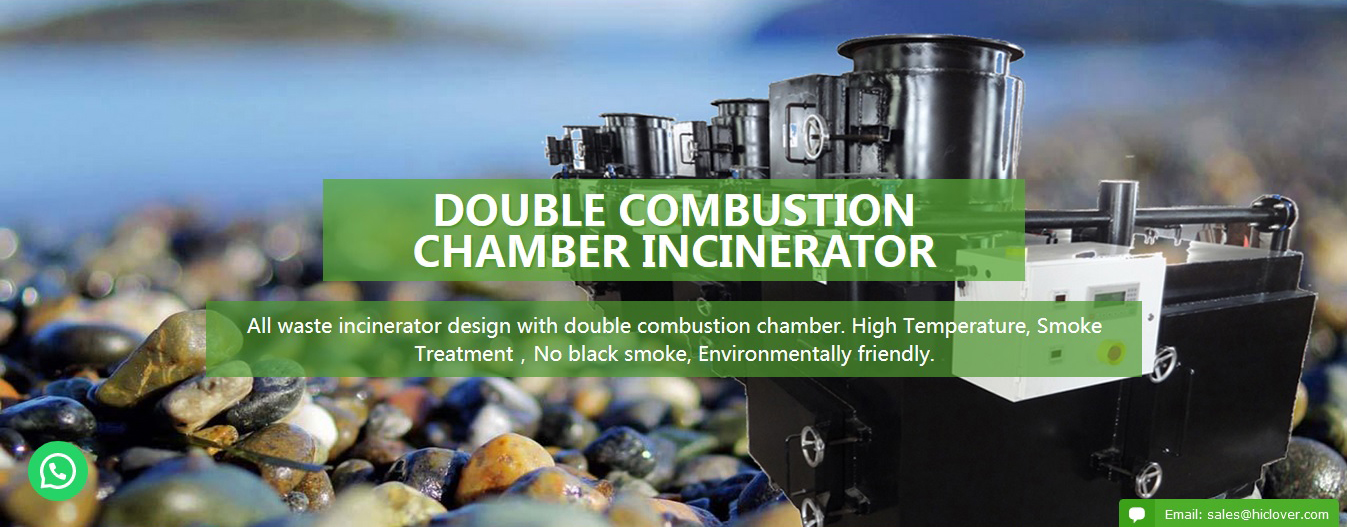The Growing Concern Over Commercial Clinical Waste Incinerators: What You Need to Know
In recent years, there has been a growing concern over the impact of commercial clinical waste incinerators on public health and the environment. With the rise in healthcare waste due to the ongoing COVID-19 pandemic, the need to properly manage and dispose of clinical waste has never been more urgent. However, the method in which this waste is being handled has come under scrutiny, leading to calls for more sustainable and eco-friendly solutions.
Clinical waste incinerators are industrial facilities that are used to burn hazardous medical waste, such as used syringes, bandages, and other infectious materials. While incineration has been a common method for disposing of medical waste for many years, there are growing concerns about the harmful emissions and byproducts produced during the process.
One of the main concerns with clinical waste incinerators is the release of harmful pollutants into the air, including dioxins, heavy metals, and particulate matter. These pollutants can have a detrimental impact on the environment and human health, leading to respiratory issues, cardiovascular problems, and even cancer in some cases. Additionally, the ash produced from incineration can contain toxic substances that can contaminate soil and water sources if not properly managed.
In response to these concerns, many communities and organizations are calling for stricter regulations on clinical waste incinerators and pushing for more sustainable alternatives. One of the most popular alternatives is thermal treatment, which uses high temperatures to sterilize and neutralize medical waste without the harmful emissions associated with incineration. Other options include autoclaving, which uses steam and pressure to decontaminate waste, and microwaving, which utilizes electromagnetic radiation to kill pathogens.
In addition to exploring alternative methods for waste disposal, there is also a growing emphasis on reducing the amount of clinical waste generated in the first place. This can be achieved through better waste segregation practices, improved packaging and storage solutions, and the use of reusable medical devices when possible.
Furthermore, there is a greater push for transparency and accountability in the clinical waste management industry, with calls for better monitoring and reporting of emissions and waste disposal practices.
As the world continues to grapple with the challenges posed by the COVID-19 pandemic, it is essential that we prioritize safe and sustainable solutions for managing clinical waste. By investing in eco-friendly technologies and promoting responsible waste management practices, we can protect the health of our communities and the environment for generations to come.
In conclusion, the growing concern over commercial clinical waste incinerators calls for a reevaluation of current waste disposal practices and a shift towards more sustainable and eco-friendly solutions. By investing in alternative waste treatment methods, reducing waste generation, and promoting transparency and accountability, we can mitigate the harmful impacts of clinical waste on public health and the environment. It is essential that we prioritize the health and well-being of our communities as we navigate the challenges of managing medical waste in the 21st century.



